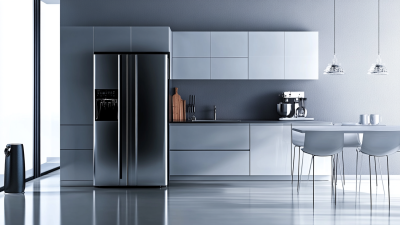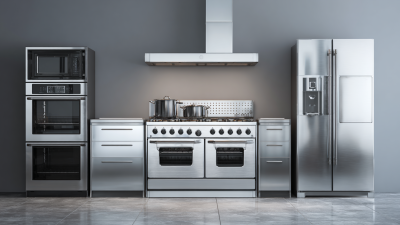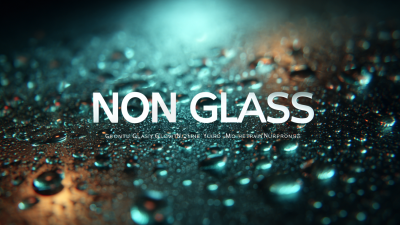
Choosing the right reflective glass for your project can significantly impact the aesthetic, energy efficiency, and overall performance of your structure. Reflective glass, which is treated to have a metallic or other reflective coating, can reduce solar heat gain by up to 60%, according to the National Glass Association's comprehensive energy efficiency report. This type of glass not only enhances privacy and reduces glare but also contributes to substantial energy savings over time, with some studies suggesting potential reductions in HVAC costs of up to 30% when using high-performance reflective glass solutions. Understanding the various types of reflective coatings and their respective benefits, as well as their adaptability to different climate conditions, is crucial for architects and builders who aim to optimize both functionality and aesthetics in their designs. This guide provides a structured approach to selecting the appropriate reflective glass, ensuring that your project achieves its desired goals while adhering to industry standards and best practices.
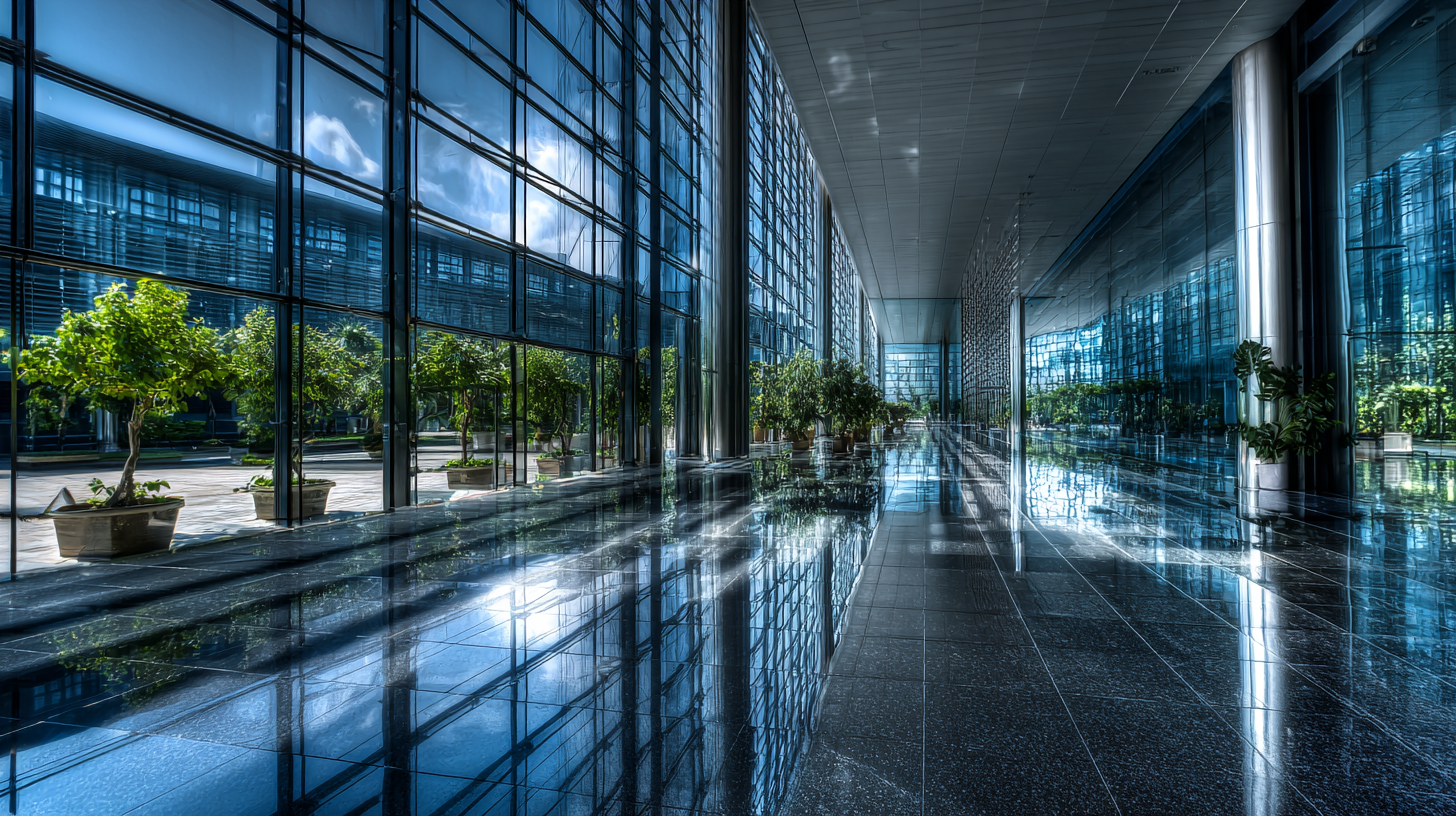
When selecting reflective glass for your project, it is essential to understand the various types available and their specific applications. Reflective glass is designed to deflect sunlight and reduce heat gain, making it ideal for energy-efficient building designs. According to a report by the Glass Association of North America, reflective glass can reduce interior temperature by up to 15% in warm climates, significantly lowering air conditioning costs. This is particularly beneficial for office buildings or residential projects in areas with high solar exposure.
There are several types of reflective glass, including silver-coated, sputtered, and ceramic-coated options, each offering varying levels of reflectivity and aesthetic qualities. For instance, silver-coated glass generally provides a higher reflectivity, around 60% to 75%, while sputtered coatings tend to deliver more durability and color options without sacrificing performance. A study by the National Renewable Energy Laboratory highlights that choosing the right type of reflective glass can optimize energy savings by as much as 30% over a building's lifetime. Understanding these distinctions helps architects and designers make informed decisions tailored to their specific project needs.
When selecting reflective glass for your project, understanding solar reflectance and visible light transmittance is crucial for optimizing both energy efficiency and occupant comfort. Solar reflectance refers to the ability of a glass surface to reflect solar energy, contributing to reduced heat absorption and, consequently, lower cooling energy demands. According to the Department of Energy, high-performance reflective glass can achieve solar reflectance values of 0.60 or higher, significantly enhancing a building's energy efficiency by minimizing reliance on air conditioning systems.
On the other hand, visible light transmittance (VLT) is essential for ensuring adequate natural light enters the space without compromising thermal performance. A balance must be struck between high reflectance and acceptable VLT levels; too much reflectance might lead to dimly lit interiors. Industry studies, such as those published by the National Fenestration Rating Council (NFRC), indicate that effective reflective glass typically maintains a VLT between 30% and 50%. This range allows sufficient daylight while still providing thermal comfort, ultimately supporting sustainability goals and improving overall building performance.
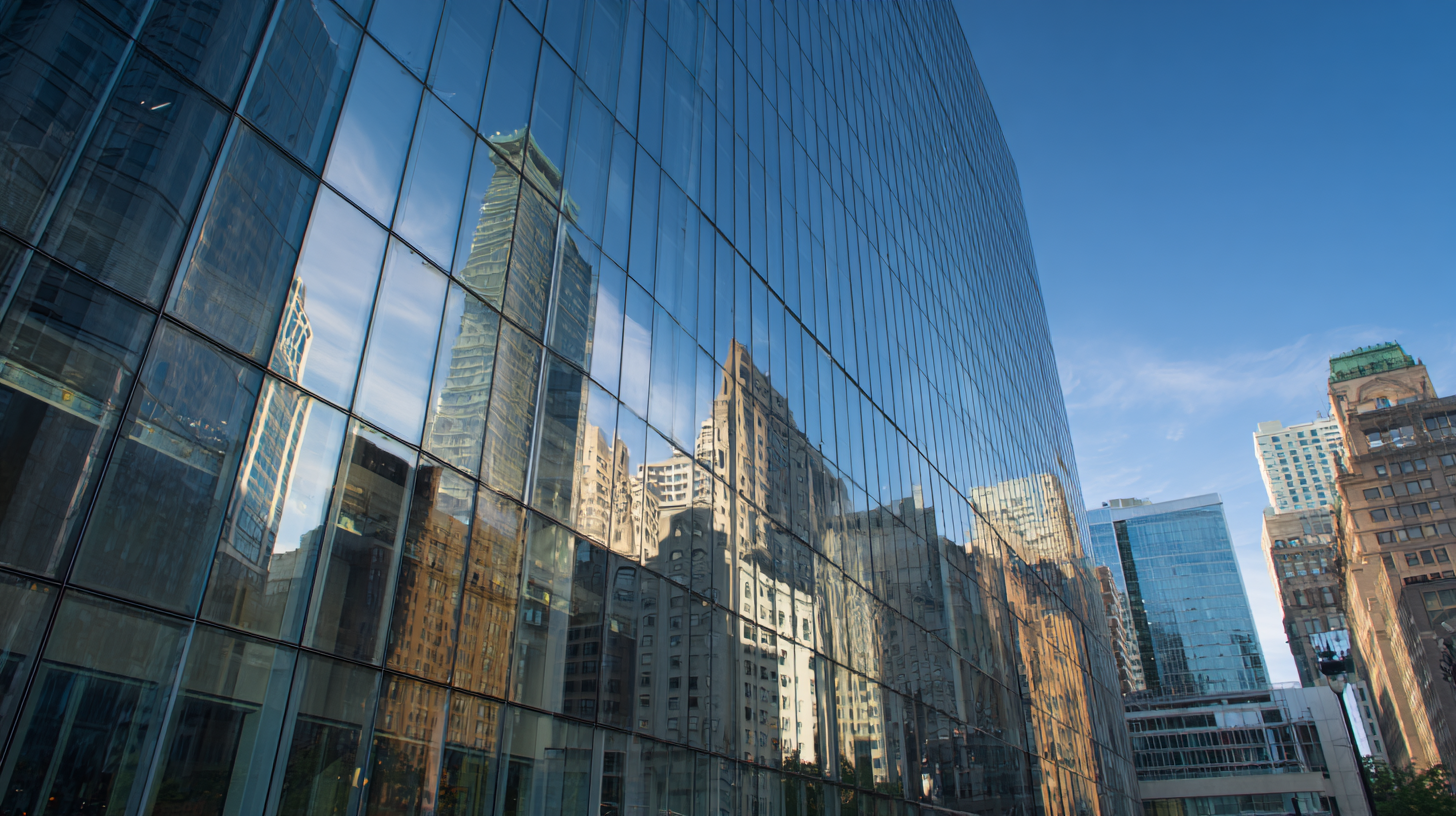
When selecting reflective glass for your project, it is crucial to assess both its durability and coating options to ensure longevity. According to the Glass Association of North America (GANA), high-quality reflective glass can maintain its performance for over 25 years if properly selected and maintained. Durability is influenced by factors such as thickness, type of substrate, and environmental resistance. For instance, tempered glass not only provides enhanced strength but also increases resistance to thermal stress and impact, making it a popular choice for high-traffic areas.
In addition to durability, the coatings used on reflective glass play a vital role in its longevity and effectiveness. Low-emissivity (Low-E) coatings can reduce heat gain by up to 70%, according to the U.S. Department of Energy, thereby improving energy efficiency. Moreover, advancements in nanotechnology have led to the development of more durable coatings that resist scratches and environmental degradation. Choosing the right combination of durability features and specialized coatings can significantly enhance the lifespan and performance of reflective glass in various applications, from commercial buildings to residential projects.
When selecting reflective glass for your project, considering the location and climate conditions is paramount. For areas with intense sunlight, high-performance reflective glass can significantly enhance energy efficiency by reducing heat absorption. This is particularly useful in warm climates, where excessive heat can lead to higher cooling costs. Choosing a glass with a high visible light transmittance and low solar heat gain coefficient ensures that you maintain interior comfort while maximizing natural light.
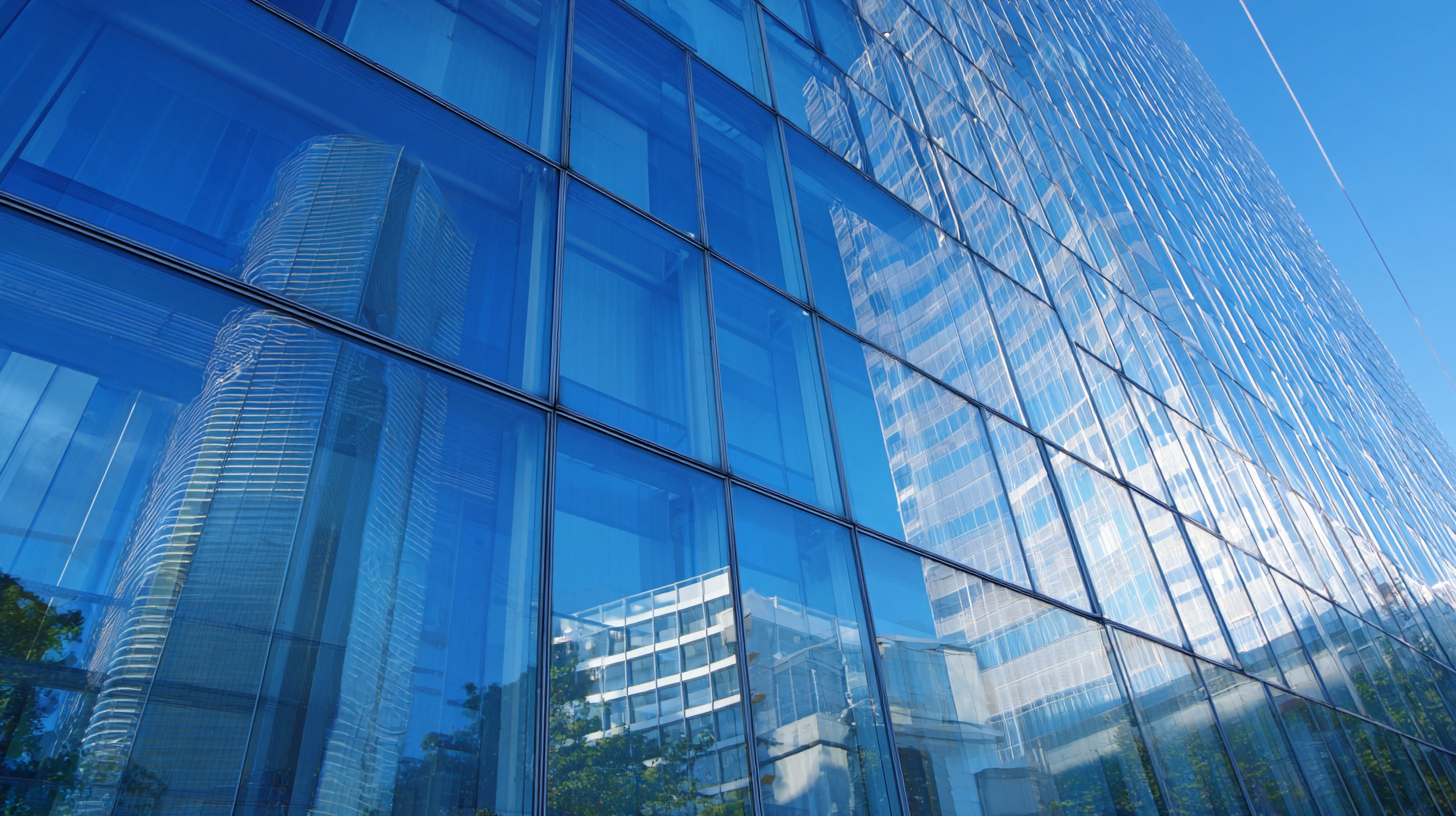
Conversely, in cooler climates, the focus might shift towards insulation properties alongside reflectiveness. Selecting reflective glass that retains heat can be advantageous in these regions, as it helps to minimize energy loss during colder months. Additionally, understanding the local environmental conditions, such as humidity levels and the presence of coastal elements, informs your choice of coatings and treatments for the glass, ensuring longevity and durability. By carefully matching the reflective glass characteristics to the specific demands of your project’s location and climate, you can optimize both functionality and aesthetics.
When selecting reflective glass for construction projects, it is essential to understand the regulatory standards and certifications that govern its use. Compliance with these regulations ensures that the materials used not only meet building codes but also contribute to sustainability and safety. Key certifications to look for include ENERGY STAR ratings, which indicate energy efficiency, and LEED certification points that recognize environmentally friendly practices.
Tips: Always verify that the reflective glass meets local building regulations, as they can vary by region. Engaging with certified suppliers can help in sourcing materials that comply with necessary standards, reducing the risk of project delays due to non-compliance.
Moreover, construction projects often demand specific performance criteria, such as resistance to weather conditions and energy efficiency. Understanding the local and international codes, such as the International Building Code (IBC) or specific environmental regulations, is crucial. This knowledge will not only aid in achieving compliance but also enhance the overall quality and lifecycle of the building project.
Tips: Conduct a thorough review of existing building codes before finalizing your reflective glass choice. Consulting with industry professionals can provide invaluable insights into the certification processes and help streamline your project’s compliance efforts.

